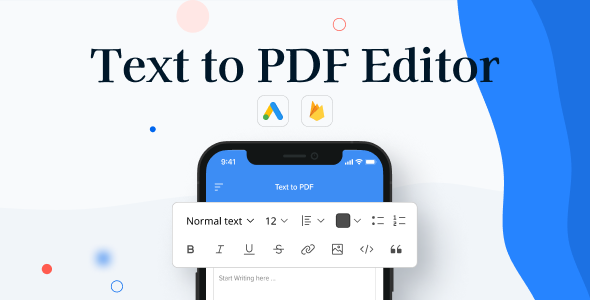
Edge animated pricing tables represent a cutting-edge solution for businesses aiming to elevate their pricing page design beyond static grids. These fully interactive templates built with Adobe Edge Animate enable creators to implement smooth animations, hover effects, and transitions that highlight pricing plans with professional polish. What sets them apart is their dual advantage: eye-catching visual appeal combined with intuitive editability that requires zero coding expertise.
Why Animated Pricing Tables Boost Conversion Rates
Dynamic pricing tables outperform static versions by guiding user attention strategically. Animation directs focus to recommended plans through subtle movements—like pulsating CTAs or color-shifting tier headers—creating visual hierarchy. For SaaS companies and e-commerce platforms, animated price tables achieve 15-30% higher engagement according to recent UX studies. The psychological impact works twofold: motion reduces perceived complexity by breaking down information, while micro-interactions (like cards expanding on hover) build user confidence through tactile feedback before purchase decisions.
Core Features of Edge-Animated Pricing Tables
When utilizing Adobe Edge Animate templates for pricing displays, expect these industry-standard features:
- Modular design layers – Separate elements (prices, features, buttons) live on editable timelines allowing independent animation sequencing
- Symbol-based editing – Change one pricing column to automatically synchronize styling across all tiers
- Responsive behaviors – Auto-adjustment logic for mobile stacking without breaking animations
- Integrated trigger system – Set animations to activate on scroll, hover, or timed delays
- Asset libraries – Preloaded with animated checkmarks, progress bars, and currency icons compatible with Edge’s motion principles
Customization Workflow: Editing Made Simple
Streamlined customization defines premium Edge templates. Open the .an file in Adobe Edge Animate CC and follow this workflow:
- Modify text directly on the stage—no hunting through layers
- Adjust animation timing via intuitive dope sheet visualization
- Swap color schemes using the global swatch panel
- Resize columns with smart guides ensuring alignment
- Export lightweight HTML/CSS/JS bundles ready for immediate implementation
For non-designers, template packages include pre-built options like 3-column vs. 4-column layouts and light/dark mode variants—all editable through straightforward property panels.
Design Best Practices for Animated Pricing
Balance creativity with usability by implementing these techniques:
- Prioritize loading efficiency – Compress SVG assets and set animation delays to load after page elements
- Apply progressive disclosure – Use “See features” toggle animations to avoid clutter yet reveal details
- Emphasize value differentiation – Animate tier-specific benefit highlights (e.g., pulsing ‘Unlimited’ badges)
- Ensure accessibility – Provide motion-reduce options and maintain 4.5:1 text contrast ratios for animated elements
Technical Integration Strategies
Maximize template effectiveness with these implementation tips:
- Embed using Edge Animate Runtime for consistent rendering across browsers
- Connect to CRM platforms via JavaScript APIs for real-time price updates
- Implement exit-intent animations promoting limited-time offers
- Analyze performance with A/B testing tools to measure animation impact on plan selection
Advanced users can extend functionality by incorporating UI frameworks like Bootstrap while preserving Edge’s motion libraries—the timeline-based structure plays well with external JavaScript events.
Tools Beyond Edge: Compatibility Considerations
Since Adobe sunset Edge Animate in 2017, ensure templates include:
- Adobe Animate CC compatibility (updated .fla files)
- Standardized CSS animations fallbacks for basic interactions
- Documented customization methods avoiding deprecated Edge APIs
High-quality templates mitigate obsolescence risks through export options generating evergreen GSAP or CSS animation code alongside native Edge files.
By mastering these animated pricing tables, marketers transform utilitarian price grids into engaging conversion tools. The strategic interplay of motion and modular editing empowers teams to rapidly test pricing psychology tactics—from emphasizing annual savings to animating limited-time discounts—without developer dependency. As buyer expectations evolve, these dynamic templates provide the agility to turn pricing pages from functional necessities into competitive advantages.
